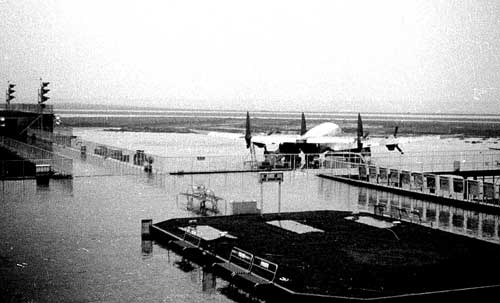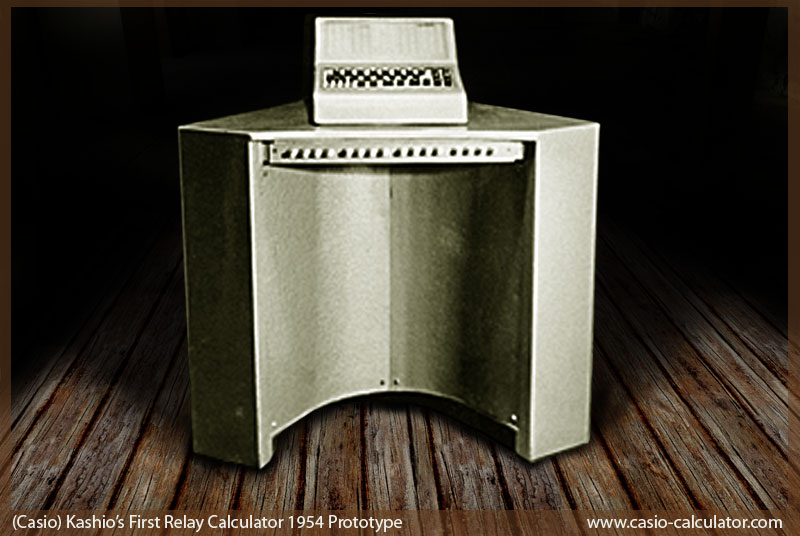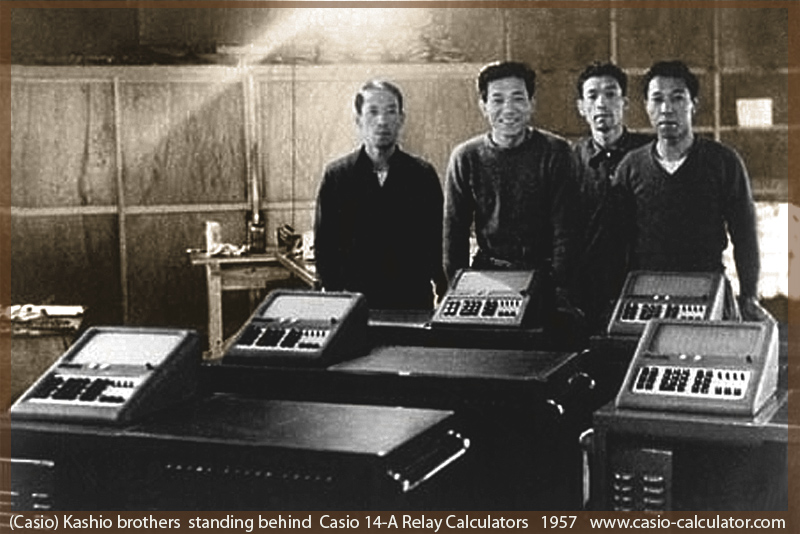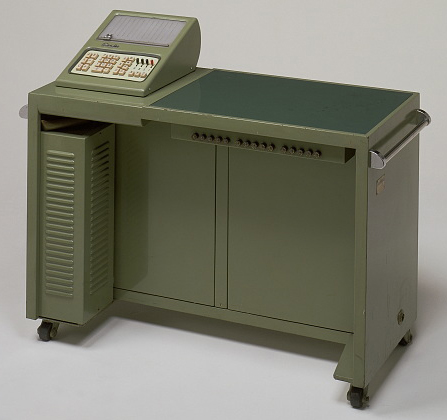| In 1956, six years after the start of development, they were close to completing a calculator with a continuing multiplication function, and all they had left to do was figure out how to mass-produce it. At this point, Toshio suddenly stated that he wanted to completely redesign the calculator. The solenoid design with its complicated mechanical structure meant potential difficulties for mass production. Toshio wanted to eliminate the solenoid design and use relays like those employed in the telephone exchange equipment of those days, in order to make a completely electric calculator. |
| Although computers using relays had already appeared by the late 1950s, they were so large that they required a whole room to themselves, complete with an air purification system. The disadvantage of relays was that they were easily affected by fine particles and dust. In order to solve this problem, special ingenuity was needed to bring electronic calculation to regular offices. |
| First, the four Kashio brothers worked to reduce the number of relays from the several thousand (sometimes over ten thousand) used in the giant computers of the day to just 342, through improvements in the circuit design. They also developed an original new type of relay that was hardly affected by dust. |
| At the end of 1956, the brothers decided to unveil their completed calculator in Sapporo, but they ran into a snag when taking the calculator to be loaded onto the plane at Haneda Airport. The person in charge told them that it exceeded the allowable size, and asked them if they could detach the top part. The brothers turned pale. The top part included the display and keys, which were very important for the operation of the calculator. They tried to protest by saying that the calculator could be irreparably damaged, but finally took the machine apart for loading. After arriving in Sapporo they put the calculator back together, but just as they had feared, it no longer worked. They tried in vain to repair it, but it was completely unsalvageable. Although they went ahead with the presentation using slides, it seemed to end as a failure. |
 |
Just as the brothers arrived home, somewhat discouraged, a representative from Uchida Yoko Co., Ltd., paid them a visit and asked to see the calculator. The branch manager who had seen the presentation in Sapporo had told his head office to investigate the new invention. Since Uchida Yoko had subcontracted work to Kashio Seisakujo in the past, the company already had confidence in the Kashio brothers.
Now seven years of hard work in development had suddenly paid off. A contract was signed with Uchida Yoko as the exclusive dealer |





